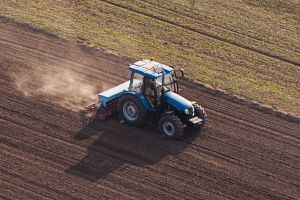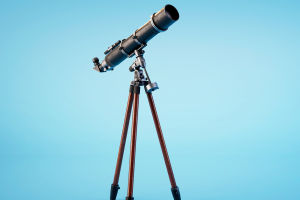Wind energy has become a cornerstone of the global push towards renewable energy sources.
As one of the cleanest and most sustainable forms of energy, wind power offers a promising solution to reduce greenhouse gas emissions and combat climate change.
But how exactly does wind energy generate electricity? Let's delve into the process, from the wind blowing across the land to the power lighting up your homes.
The Basics of Wind Energy
The centerpiece of wind energy is the utilization of the dynamic potential of the air that is being moved.This kinetic energy is converted into mechanical power, which is then transformed into electricity. The primary device used in this process is the wind turbine, which is a modern adaptation of the windmill, a technology that has been in use for centuries.
Wind Turbines: The Heart of Wind Energy
Wind turbines come in various shapes and sizes, but they all operate on the same basic principles. A typical wind turbine consists of the following key components:
1. Blades: Most modern wind turbines have three blades. These vanes are specially created to grab the motion of the prevailing winds.
2. Rotor: The blades are attached to a central hub called the rotor. When the wind blows, it creates lift (similar to the lift generated by airplane wings), causing the rotor to spin.
3. Nacelle: This is the housing that sits atop the tower and contains the gearbox, generator, and other critical components.
4. Gearbox: The rotor spins at a relatively low speed, and the gearbox increases this speed to a level suitable for electricity generation.
5. Generator: The generator converts the mechanical energy from the spinning rotor into electrical energy.
6. Tower: The tower elevates the turbine to a height where it can capture more wind energy, as wind speeds typically increase with altitude.
The Process of Generating Electricity
1. Wind Blows, Rotor Spins: When the wind blows, it passes over the blades, creating lift and causing the rotor to spin. This is the first conversion of energy: from kinetic (wind) to mechanical (spinning rotor).
2. Mechanical to Electrical Conversion: The spinning rotor turns the low-speed shaft connected to the gearbox. The gearbox then increases the rotational speed, transferring this energy to the high-speed shaft, which is connected to the generator. Within the alternator, it transforms mechanical energy into electrical energy through the use of electromagnetic interaction.
3. Transmission to Grid: The electricity generated is typically in the form of alternating current (AC). This electricity is then transmitted through power lines to a substation, where it is transformed to a higher voltage for long-distance transmission over the power grid. Finally, it reaches homes and businesses where it is used to power various devices and appliances.
Factors Influencing Wind Power Generation
Several factors affect the efficiency and effectiveness of wind energy generation:
- Wind Speed: The amount of energy produced by a wind turbine is highly dependent on wind speed. In general, a doubling of wind speed can result in up to eight times more power generation.
- Turbine Placement: Turbines are often placed in locations with consistent and strong winds, such as coastal areas, open plains, and hilltops. Offshore wind farms, which are located in bodies of water, can also capture strong winds without the physical obstructions found on land.
- Blade Design: The design and length of the blades play a crucial role in capturing wind energy. Longer blades can capture more wind, but they also require stronger materials and structural support.
- Tower Altitude: higher towers get more powerful and consistent waves of wind, which in turn creates more energy.
The Advantages of Wind Energy
Wind energy offers several significant benefits:
- Renewable and continuous: Wind is an abundant and unending supply. It will not run out over a period of time, as is the case with fossil fuels.
- Environmentally Friendly: Wind power generation produces no greenhouse gas emissions or air pollutants, making it one of the cleanest energy sources available.
- Economic Advantages: Wind power proposals create employment for manufacturing, installation, maintenance, and support services. Wind energy products also contribute to the income of those landowners who have leased their lands for the creation of wind mills.
- Energy Independence: By harnessing local wind resources, countries can reduce their dependence on imported fossil fuels, enhancing their energy security.
Wind energy is a powerful and sustainable solution for generating electricity. By converting the kinetic energy of wind into mechanical and then electrical energy, wind turbines play a vital role in the global transition to renewable energy. As technology advances and efficiency improves, wind power will continue to grow as a key component of the world's energy portfolio, driving us toward a cleaner and more sustainable future.


